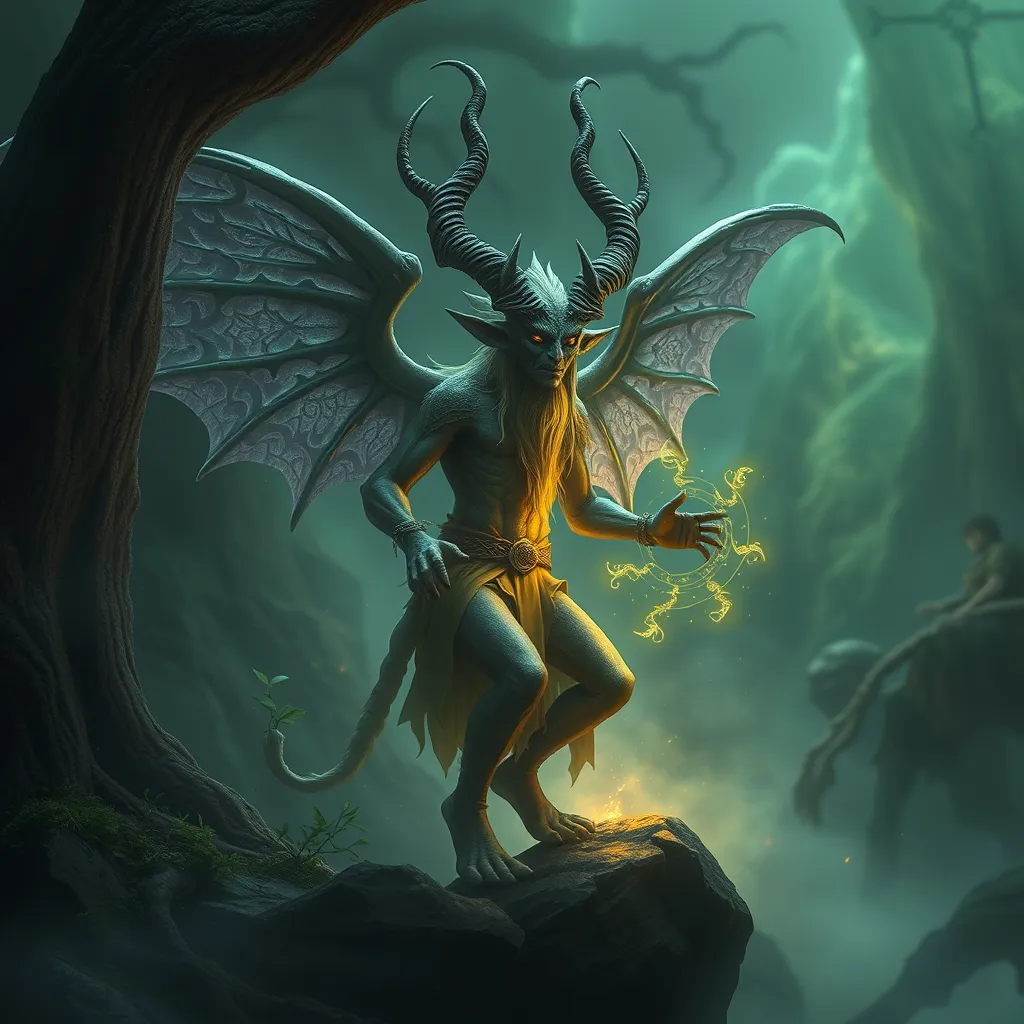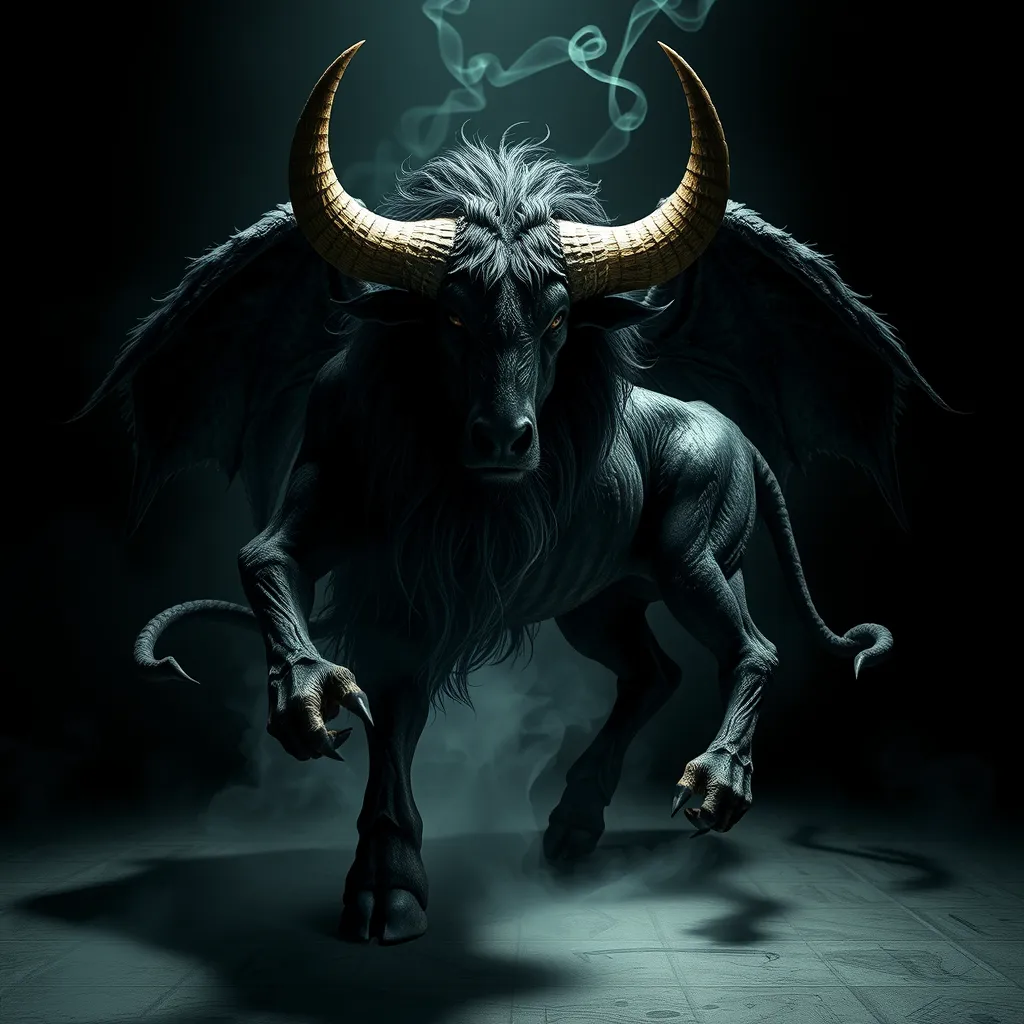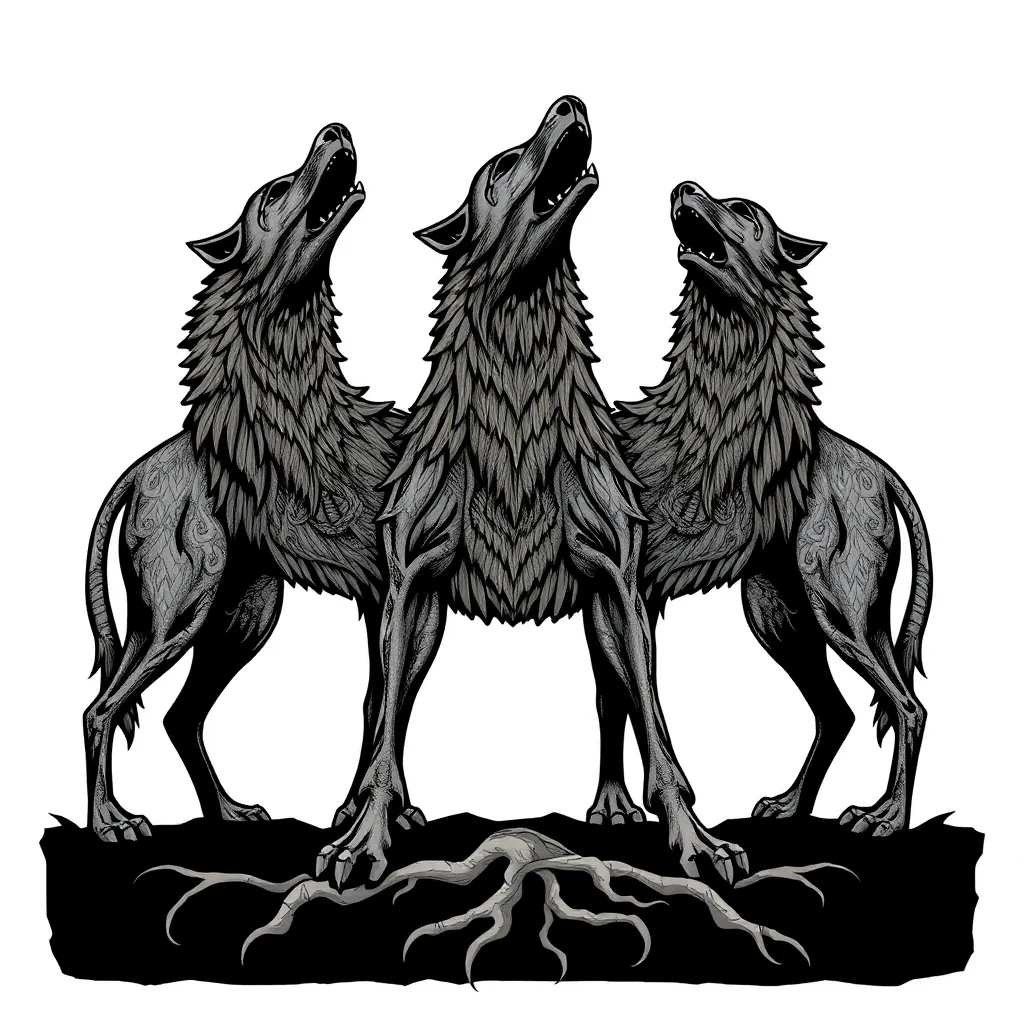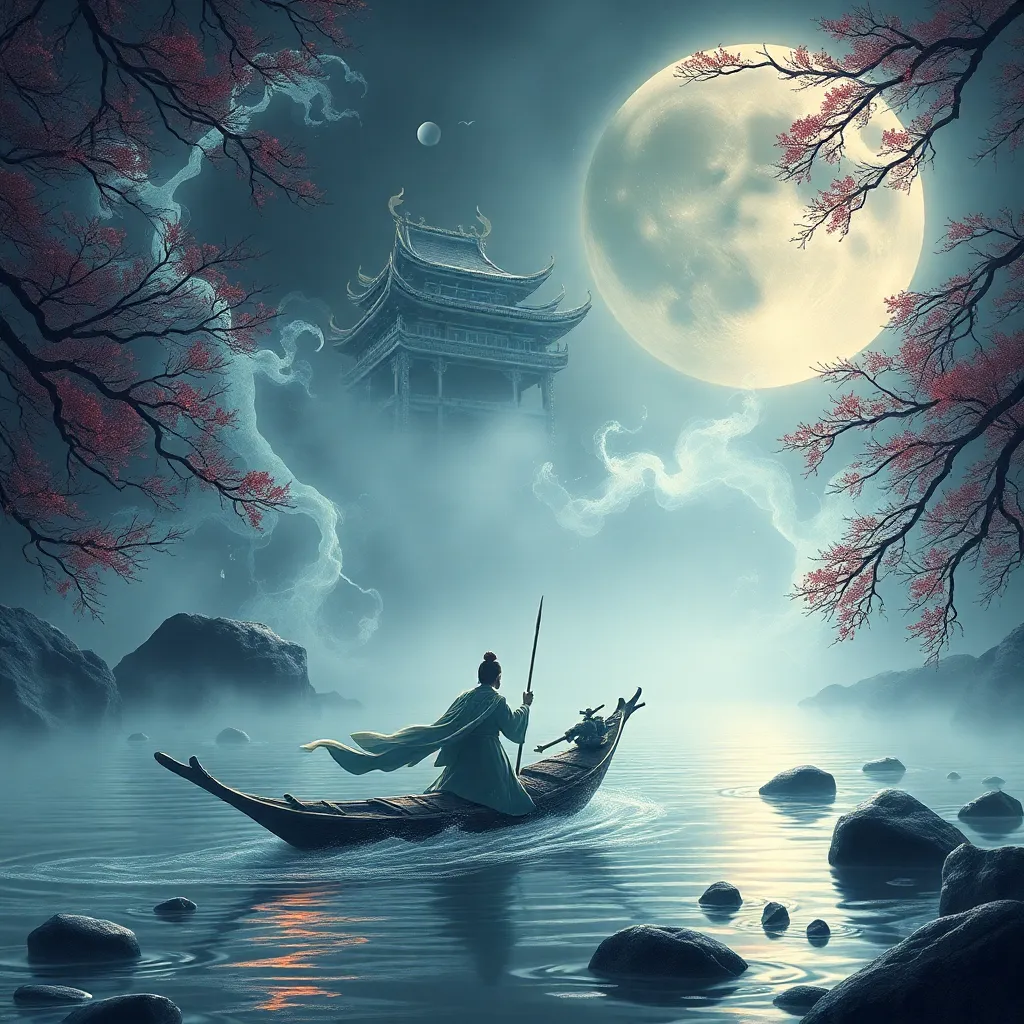The Jinn in Celtic Mythology: The Otherworld and Faerie Encounters
I. Introduction
The concept of Jinn, ethereal beings originating from ancient Arabian folklore, has captivated imaginations across various cultures and epochs. Traditionally depicted as supernatural entities with the power to shape-shift and manipulate the natural world, Jinn have been integral to the cultural narratives of the Middle East and beyond. However, upon examining their presence in Celtic mythology, a unique intersection of beliefs emerges.
Celtic mythology, rich with tales of magical realms and mystical beings, offers a fascinating landscape for exploring the nature of Jinn. The significance of these tales extends beyond mere storytelling; they reflect the values, fears, and aspirations of the Celtic people. This article seeks to delve into the complexities of Jinn within the context of Celtic mythology, exploring their characteristics, connections to the Otherworld, and relationships with faeries.
II. Understanding Jinn: Origins and Characteristics
A. Definition and historical context of Jinn
Jinn, or djinn, are often defined as spiritual beings created from smokeless fire, according to Islamic theology. Their origins can be traced back to pre-Islamic Arabian beliefs, where they were considered both gods and spirits of nature. In Islamic tradition, they possess free will, enabling them to choose between good and evil, thus making them akin to humans in moral agency.
B. Variations in Jinn representations across cultures
While Jinn are predominantly recognized in Islamic texts, their presence is noted in various cultures, often under different names and attributes. For instance:
- In Persian mythology, they are known as “divs,” often depicted as malevolent spirits.
- In Arabic folklore, Jinn can be benevolent, neutral, or malicious, often interacting with humans.
- In Western literature, Jinn are frequently romanticized as magical entities or genies.
C. Common attributes and powers associated with Jinn
Commonly, Jinn are attributed with the following powers:
- Shape-shifting abilities, allowing them to take on various forms.
- Control over natural elements, such as wind and water.
- The capacity to possess or influence human beings.
III. The Celtic Otherworld: A Gateway to the Supernatural
A. Description of the Celtic Otherworld
The Celtic Otherworld is a mystical realm that exists parallel to the mundane world. Often described as a land of eternal youth, beauty, and abundance, it is accessible through various means, such as enchanted portals, mists, or even dreams. This Otherworld serves as a sanctuary for various supernatural beings, including faeries, gods, and, intriguingly, Jinn.
B. Key features and realms within the Otherworld
Key features of the Celtic Otherworld include:
- The Land of Promise, where the dead are believed to dwell in peace.
- Tir Na nOg, a realm of everlasting youth and joy.
- The Isle of Avalon, associated with Arthurian legends and healing.
C. Connections between the Otherworld and other mythological systems
The concept of the Otherworld resonates with similar ideas in other mythologies, such as:
- The Greek Elysium, a paradise for heroes.
- The Norse Hel, a realm for the deceased.
- The Hindu Svarga, a heavenly abode for virtuous souls.
IV. Faerie Lore in Celtic Tradition
A. The role of faeries in Celtic mythology
Faeries, or the “Sidhe,” are pivotal to Celtic mythology, often regarded as nature spirits with both benevolent and malevolent traits. They inhabit the Otherworld and are known for their enchantments and ability to manipulate human affairs.
B. Relationships between faeries and other supernatural beings
Faeries have intricate relationships with other celestial beings, including:
- Gods and goddesses, often serving as their attendants.
- Spirits of the dead, who interact during rituals.
- Jinn, whose stories sometimes intertwine with faerie lore.
C. Cultural significance of faerie encounters
Encounters with faeries are laden with cultural significance, often serving as cautionary tales about respect for nature and the unknown. These stories highlight the delicate balance between the human world and the realm of faeries.
V. Intersections Between Jinn and Celtic Mythology
A. Comparative analysis of Jinn and Celtic faerie characteristics
Both Jinn and faeries share several characteristics:
- Supernatural origins and powers.
- Ambiguous morality, capable of kindness or malevolence.
- Involvement in human affairs, often with unpredictable outcomes.
B. Historical encounters and cultural exchanges
Historical interactions between Arab traders and Celtic communities led to cultural exchanges, resulting in blended narratives. Such encounters facilitated the sharing of supernatural lore, where Jinn and faerie stories began to parallel each other.
C. The blending of Jinn and faerie narratives in folklore
In folklore, Jinn and faeries have occasionally been conflated, leading to hybrid tales where characteristics of both are evident. These stories reflect the merging of cultural beliefs and the universal fascination with the supernatural.
VI. Themes of Power and Influence in Jinn and Faerie Encounters
A. The dynamics of power in encounters with supernatural beings
Encounters with Jinn and faeries often reveal dynamics of power, where humans navigate their desires and fears in relation to these beings. The balance of power can shift based on the choices made by both parties.
B. Consequences of interactions with Jinn and faeries
Interactions can lead to a spectrum of outcomes, from blessings and fortune to curses and misfortune. These consequences underline the moral complexities inherent in engaging with the supernatural.
C. Morality and lessons derived from these encounters
Myths involving Jinn and faeries often impart moral lessons, warning against hubris, disrespect, and the consequences of one’s actions. They serve as allegories for human behavior and societal norms.
VII. Modern Interpretations and Cultural Impact
A. How Jinn and faerie lore influence contemporary literature and media
In modern literature and media, the allure of Jinn and faerie lore remains potent. These beings are often depicted in fantasy novels, films, and television shows, revitalizing interest in ancient myths.
B. The resurgence of interest in Celtic mythology
Recent years have seen a resurgence in Celtic mythology, with increased scholarly focus and popular adaptations that highlight its rich narratives. This revival has rekindled interest in the interconnectedness of various mythological systems, including the Jinn.
C. Cross-cultural adaptations of Jinn and faerie stories
Cross-cultural adaptations showcase the versatility of Jinn and faerie stories, allowing them to evolve and resonate with diverse audiences. These adaptations often emphasize themes of magic, morality, and the human experience.
VIII. Conclusion
A. Summary of key insights
The exploration of Jinn within the framework of Celtic mythology reveals a rich tapestry of beliefs and narratives that transcend cultural boundaries. By understanding these intersections, we gain insight into the complexities of human interactions with the supernatural.
B. The enduring legacy of Jinn and faerie encounters in mythology
The legacy of Jinn and faerie encounters continues to influence contemporary thought, demonstrating the timeless nature of these stories. They serve as reminders of the mysteries that lie beyond our comprehension.
C. Future directions for research and exploration in mythology studies
Future research could further investigate the cross-cultural exchanges that shaped these narratives, as well as their relevance in modern contexts. The interplay between various mythologies offers fertile ground for exploration and understanding the human condition.



